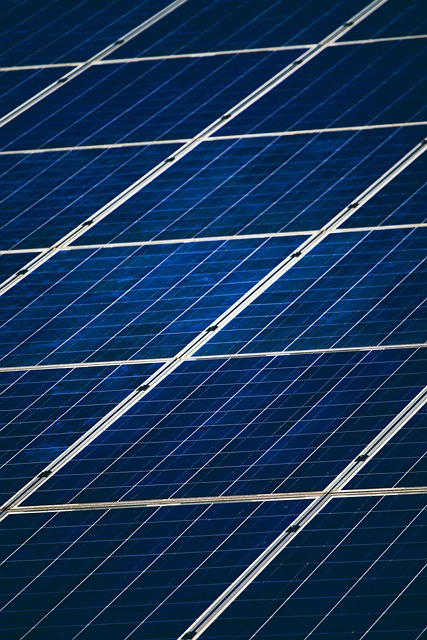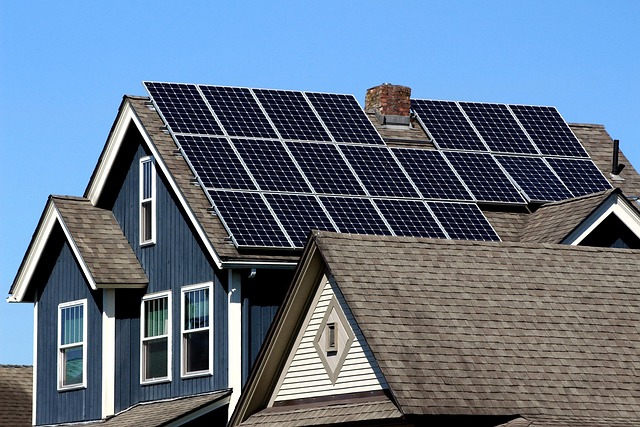Solar Panels Unplugged: Debunking Myths and Misconceptions
With the global shift towards renewable energy, solar panels have become an increasingly popular solution for reducing energy costs and decreasing our carbon footprint. However, despite their growing ubiquity, numerous myths and misconceptions persist about solar energy systems. In this article, we will explore and debunk some of the most widespread beliefs surrounding solar panels, offering clarity and accurate information based on current technologies and practices.
The Basics of Solar Energy
Solar panels convert sunlight into electricity using photovoltaic (PV) cells, which generate direct current (DC) electricity when exposed to sunlight. This electricity can then be converted into alternating current (AC) by an inverter for use in homes and businesses. Solar power offers a renewable energy source that is both sustainable and eco-friendly, significantly reducing reliance on fossil fuels.
Myth 1: Solar Panels Are Too Expensive
One of the most common myths surrounding solar panels is the belief that they are prohibitively expensive. While it is true that the initial investment can be significant, the costs of solar technology have plummeted over the last decade, making it more accessible than ever. Many governments offer incentives, tax credits, and rebates to offset installation costs, further reducing the financial burden.
Additionally, the long-term savings from reduced energy bills often outweigh the upfront costs. Homeowners can save thousands over the lifespan of a solar panel system, with many systems paying for themselves within five to ten years. Moreover, as technology continues to improve, the efficiency and longevity of solar panels are steadily increasing, providing even more value for money.
Myth 2: Solar Energy Isn’t Efficient
Another prevalent misconception is that solar panels lack efficiency. While it’s true that solar panels do not convert 100% of sunlight into electricity, advancements in technology have led to the development of highly efficient panels that can convert over 20% of sunlight into usable energy. Some high-performance models can even reach efficiencies of up to 25%.
Furthermore, the efficiency rating of solar panels does not solely determine their effectiveness in generating power. Factors such as geographic location, local climate, and placement of the panels can all influence their energy output. It’s important for potential users to consult with professionals for system design that optimizes performance based on specific circumstances.
Myth 3: Solar Panels Only Work in Sunny Climates
A common misconception is that solar panels are only effective in sunny areas. In reality, solar panels can still generate electricity on cloudy or rainy days, albeit at a reduced capacity. They rely on natural light rather than direct sunlight, which means they can produce energy even under overcast conditions.
Moreover, many regions that experience seasonal variations in sunlight can still benefit significantly from solar energy. Modern solar technology is designed to maximize energy generation regardless of weather conditions. Locations with a mix of sunny and cloudy days can still achieve a solid return on investment from solar systems.
Myth 4: Solar Panels Require Constant Maintenance
While it’s true that solar panels require some maintenance to ensure optimal performance, the level of upkeep is generally low. Solar panels are designed to withstand the elements and typically come with warranties lasting 20 to 25 years. Routine maintenance mainly involves occasional cleaning to remove dust, leaves, or snow accumulation, ensuring that the panels are receiving maximum sunlight exposure.
Additionally, many solar installations come with monitoring systems that can alert homeowners to any potential issues such as a drop in power generation, making it easy to address problems without needing constant manual checks.
Myth 5: Solar Energy Storage Is Infeasible
Storing energy from solar panels is often misunderstood. The misconception that solar energy storage is not practical stems from concerns about the cost of batteries and their limited capacity. While early battery technology may have had limitations, recent advancements in energy storage solutions, including lithium-ion batteries, have made solar energy storage more viable than ever.
Energy storage systems allow homeowners to capture excess electricity generated during the day for use during the night or cloudy days, enhancing the self-sufficiency of solar systems. As technology continues to advance, the costs associated with storage systems are likely to decrease, further encouraging adoption.
Myth 6: Solar Panels Are Bad for the Environment
Concerns about the environmental impact of solar panel production have led some to believe that they do more harm than good. While it’s essential to acknowledge that manufacturing solar panels involves some environmental footprint, the overall lifecycle analysis shows that solar energy significantly reduces carbon emissions over its operational lifespan.
When operational, solar panels produce clean, renewable energy without emitting greenhouse gases. Moreover, new advancements aim to improve the recyclability of solar technologies, which can mitigate any negative environmental impacts associated with production and disposal.
Myth 7: Solar Energy Is Only for Wealthy Homeowners
With solar installations often associated with affluent households, the notion persists that solar power is only accessible to wealthy individuals. However, solar energy is increasingly being viewed as an equitable solution for a broader demographic. Community solar programs allow multiple households to share the benefits of solar energy networks without individual installations, making it more affordable for those who may not own their roofs or have the financial means for full installations.
Additionally, many financing options are available, including solar loans, leases, and power purchase agreements (PPAs), enabling homeowners to pay a lower upfront cost and reap the benefits of solar energy. With these options, a diverse range of households can tap into the advantages of solar power.
Myth 8: Installing Solar Panels Decreases Property Value
Property value myths can heavily influence potential buyers’ decisions regarding solar installation. Contrary to the belief that solar panels detract from property value, many studies have shown that homes with solar energy systems can actually increase resale value. Homebuyers are increasingly looking for energy-efficient properties, making homes equipped with solar a more attractive option.
The presence of solar panels can signify lower energy costs and sustainable living, factors that many homebuyers value. Various studies have found that homes with solar energy systems can sell for thousands more than comparable homes without them, aligning with the broader trend toward sustainability in real estate.
Myth 9: Solar Is a Passing Trend
As technologies evolve, it’s not uncommon for people to question the longevity of renewable energy resources such as solar power. Some believe that solar energy is merely a passing trend in the quest for sustainable solutions. However, the evidence suggests otherwise.
The transition to renewable energy sources is gaining momentum globally as governments commit to ambitious climate goals. Continuous improvements in solar technology, along with decreasing costs and increasing installations, point to a bright outlook for solar energy. Industry experts predict that solar power will play a significant role in future energy solutions and systems worldwide.
Myth 10: My Roof Isn’t Suitable for Solar Panels
Many homeowners assume their roof may not be suitable for solar panel installation due to its orientation, age, or material. While certain factors can impact the efficiency of solar energy systems, most roofs can accommodate solar panels. Solar experts can assess the potential of your roof and recommend custom solutions, including alternative placements like ground-mounted systems or solar carports.
Even if a roof isn’t ideal, there may still be potential to harness solar energy through other creative configurations, making consultations with professional solar installers essential for addressing unique situations.
Conclusion
As we navigate the urgent need for sustainable energy solutions, addressing misconceptions about solar panels is essential. By debunking myths, we can better understand the benefits and opportunities that solar energy presents.
Whether you are considering solar energy for your home or simply looking to gain a clearer perspective, it’s important to rely on credible information and professional guidance. Knowledge is power, and dispelling misconceptions about solar panels can empower individuals and communities to make informed choices, ultimately leading to a cleaner and greener energy future.



